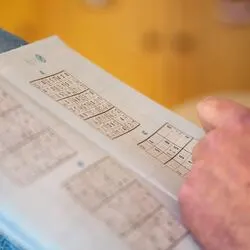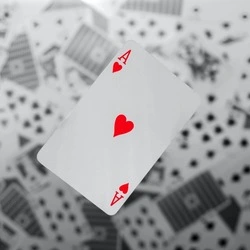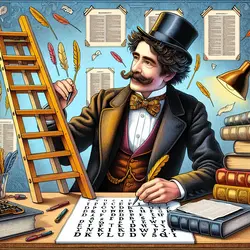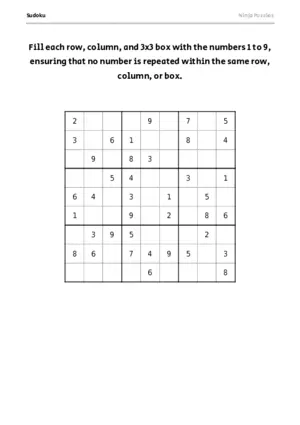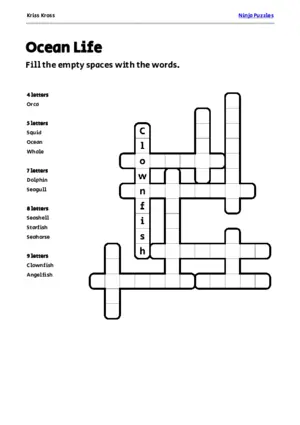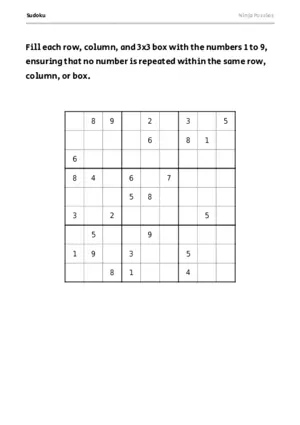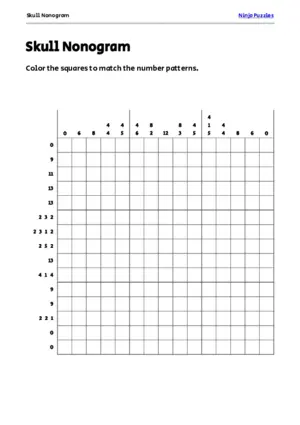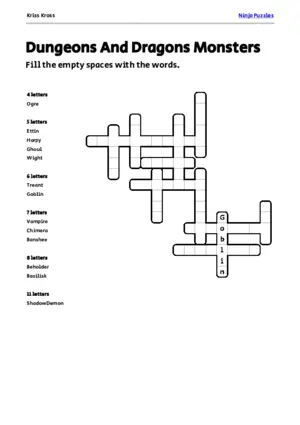The Fascinating Origins of Nonogram Puzzles
About the author • Ben Gillbanks spent 11 years working at Miniclip.com as a game and web developer. He spent a lot of that time working on and thinking about games and puzzles. He now makes apps, and puzzles, and apps that make puzzles. More info →
Nonogram puzzles, originating in Japan, have evolved into a global phenomenon. Dive into their intriguing history, explore their cultural adaptations, and uncover their digital evolution. Discover the captivating journey of Nonograms.
- Nonograms, also known as Hanjie or Picross, originated in Japan in the late 1980s.
- They gained popularity internationally, with adaptations across various cultures.
- Technology has transformed Nonogram experiences, with mobile apps and online platforms offering seamless solving.
- Nintendo’s introduction of Picross games further popularized the puzzles, extending to handheld devices and consoles.
How did Nonogram puzzles originate, and how have they evolved over time?
Nonogram puzzles, originating in Japan in the late 1980s, have evolved into a global phenomenon, captivating puzzle enthusiasts worldwide with their blend of logic and creativity.
Nonogram puzzles have become a popular pastime for many puzzle enthusiasts; these challenging grids provide hours of entertainment, as players use logic and deduction to reveal hidden images. But have you ever wondered about the origins of these intriguing puzzles? Join me on a journey through history as we explore the fascinating origins of Nonograms.
History of Nonogram Puzzles
Origins in Japan: The birthplace of Nonograms
Nonograms originated in Japan and are also known by other names such as Hanjie, Griddlers, Picross, or Paint-by-Numbers. Their roots can be traced back to the late 1980s when they first emerged in Japanese puzzle magazines. These brain-teasers quickly captured the imagination of puzzle enthusiasts around the world.
The credit for creating the first known version of Nonogram puzzles goes to two Japanese puzzle enthusiasts - Tetsuya Nishio and Non Ishida.
Back in 1987, Non Ishida, a Japanese graphics editor, won a Tokyo competition victory. Her winning entry were grid pictures illuminated by skyscraper lights that were toggled on and off. This sparked the ingenious concept of puzzles involving filling specific squares in a grid. Interestingly, Tetsuya Nishio, a seasoned Japanese puzzler, independently crafted and published the same puzzles in a different magazine around the same time.

An illustration showing how window lights can be used to create assets. Unfortunately I can’t find any images of the original artworks.
By 1990, James Dalgety in the UK coined the term “Nonograms” in honor of Non Ishida. The Sunday Telegraph then adopted the puzzles for weekly publication. Fast forward to 1993, and Non Ishida herself published the first book dedicated to nonograms in Japan.
Initial reception and popularity
Upon their introduction, Hanjie puzzles gained immediate popularity in Japan. People were drawn to their unique combination of logic and creativity. As word spread about these engrossing puzzles, they gradually made their way into international puzzle publications as well.
Evolution of Nonogram Puzzles
Throughout its history, Nonogram puzzles have undergone various evolutions and adaptations. From simple black-and-white grids to colorful creations, there is now an endless array of possibilities when it comes to solving these puzzles. Developers have also introduced different grid sizes and levels of difficulty to cater to puzzle enthusiasts of all skill levels.
Variations and adaptations across different cultures
Nonograms have not only captured the hearts of puzzle enthusiasts in Japan but have also spread worldwide. They have been adapted to suit different cultural preferences, incorporating elements from various artistic traditions. In Korea, for example, Nonograms are known as “Picross” and often feature Korean patterns and designs.
The role of technology in shaping Nonogram experiences
With the advancement of technology, Nonogram puzzles have found a new home on our digital devices. Mobile apps and online platforms now offer a seamless and convenient way to solve these puzzles anytime, anywhere. The introduction of interactive features such as hints and automatic error checking has made the solving experience even more enjoyable.
Nintendo and Picross
In 1995, paint-by-numbers puzzles found their way onto handheld electronic devices like the Game Boy and other plastic puzzle toys. Nintendo caught onto this trend and rolled out two “Picross” (picture crossword) games for the Game Boy and nine for the Super Famicom in Japan. The latter were released at two-month intervals through the Nintendo Power Super Famicom Cartridge Writer as the NP series. Notably, only one of these titles, “Mario’s Picross” for the Game Boy, was released outside of Japan. Since then more Picross games have been released for the Nintendo DS, 3DS, and Switch.
From their humble origins in Japan to becoming a globally beloved pastime, the journey of Nonogram puzzles is truly remarkable. Their evolution and influence across different cultures show just how captivating and versatile these puzzles can be. So why not give Nonograms a try? Delve into the grid and unlock hidden images using your logic skills - you might find yourself pleasantly addicted! Don’t forget to share your experiences with others and spread the joy of Nonogram puzzling.



